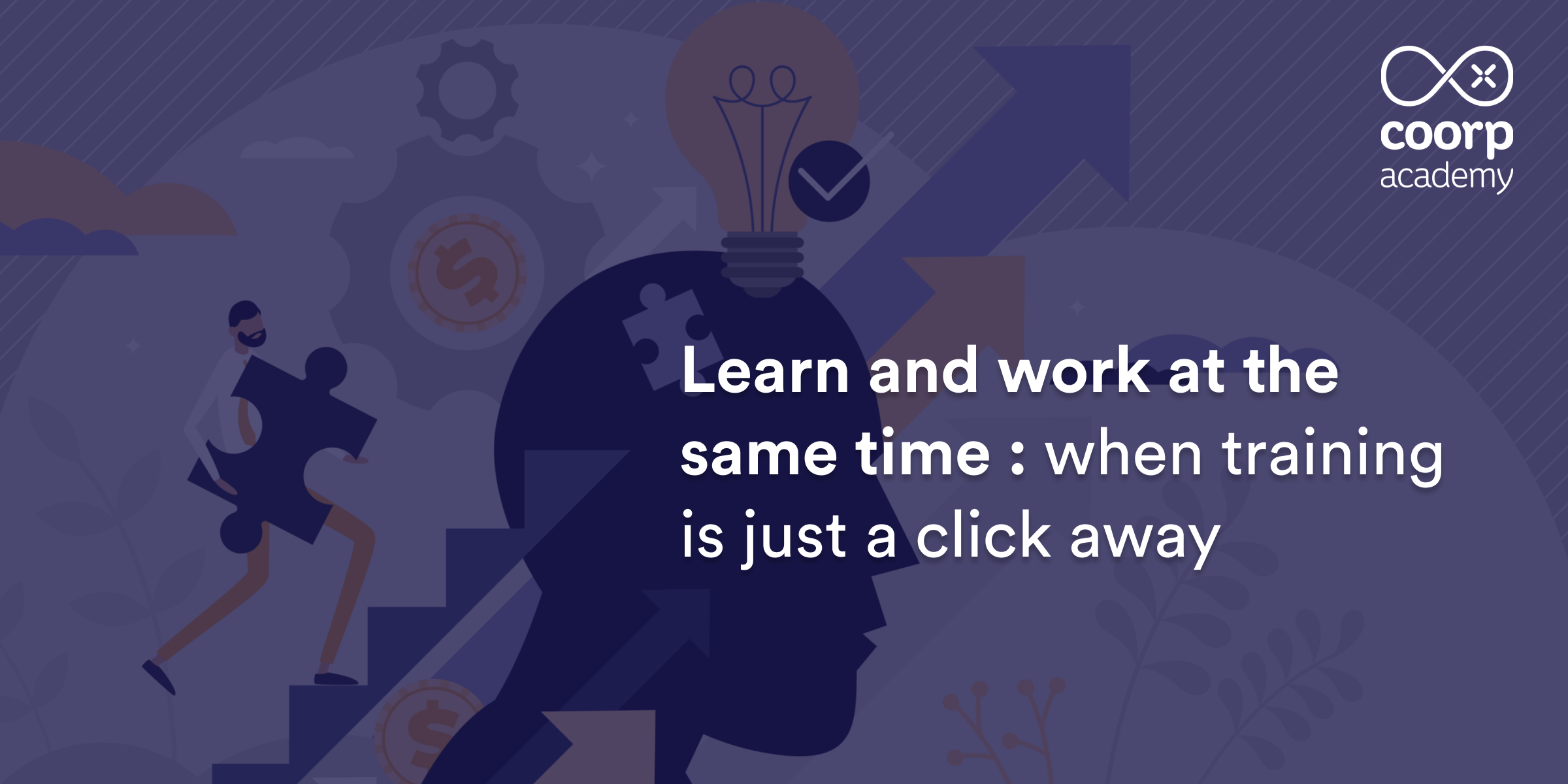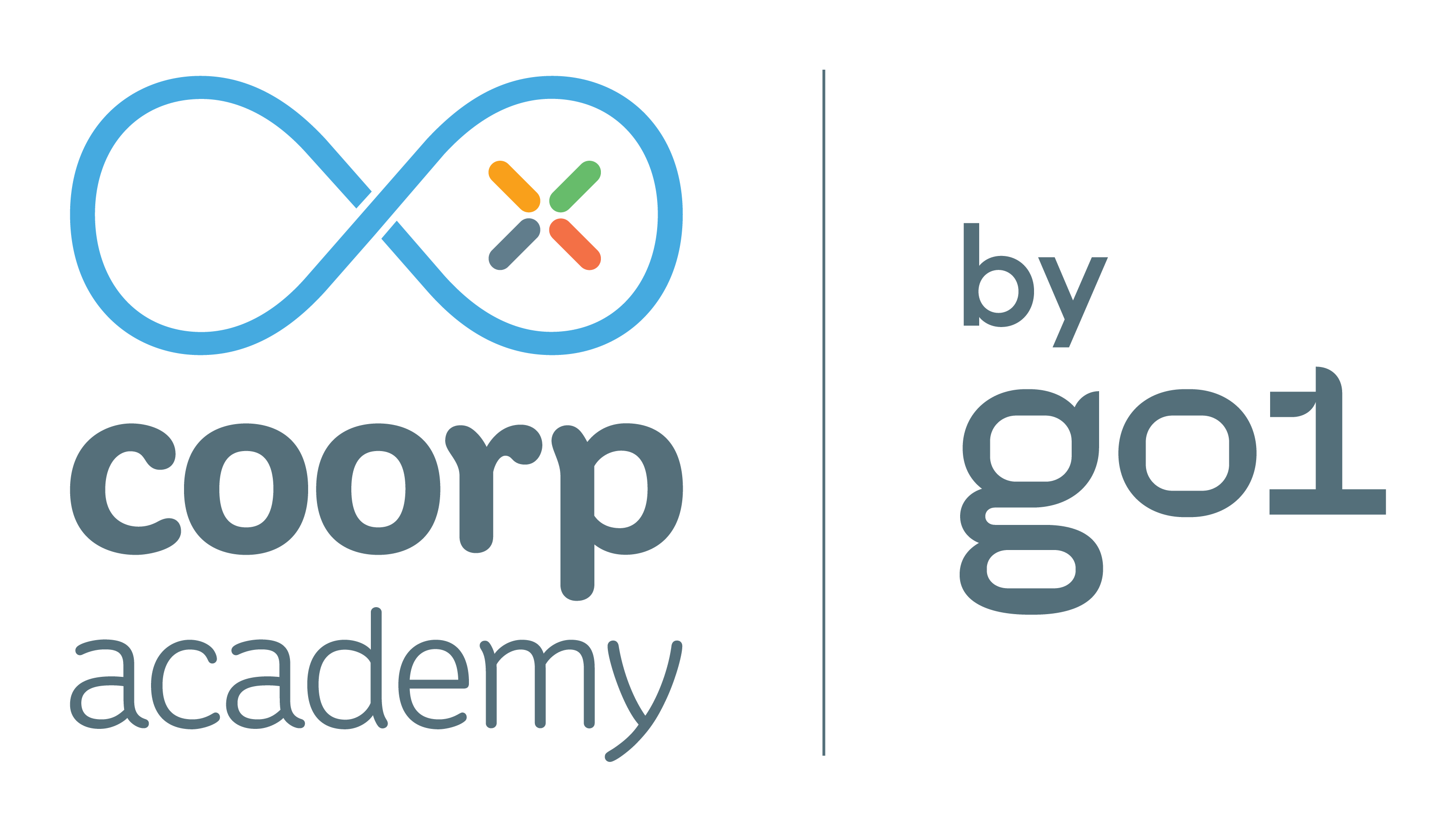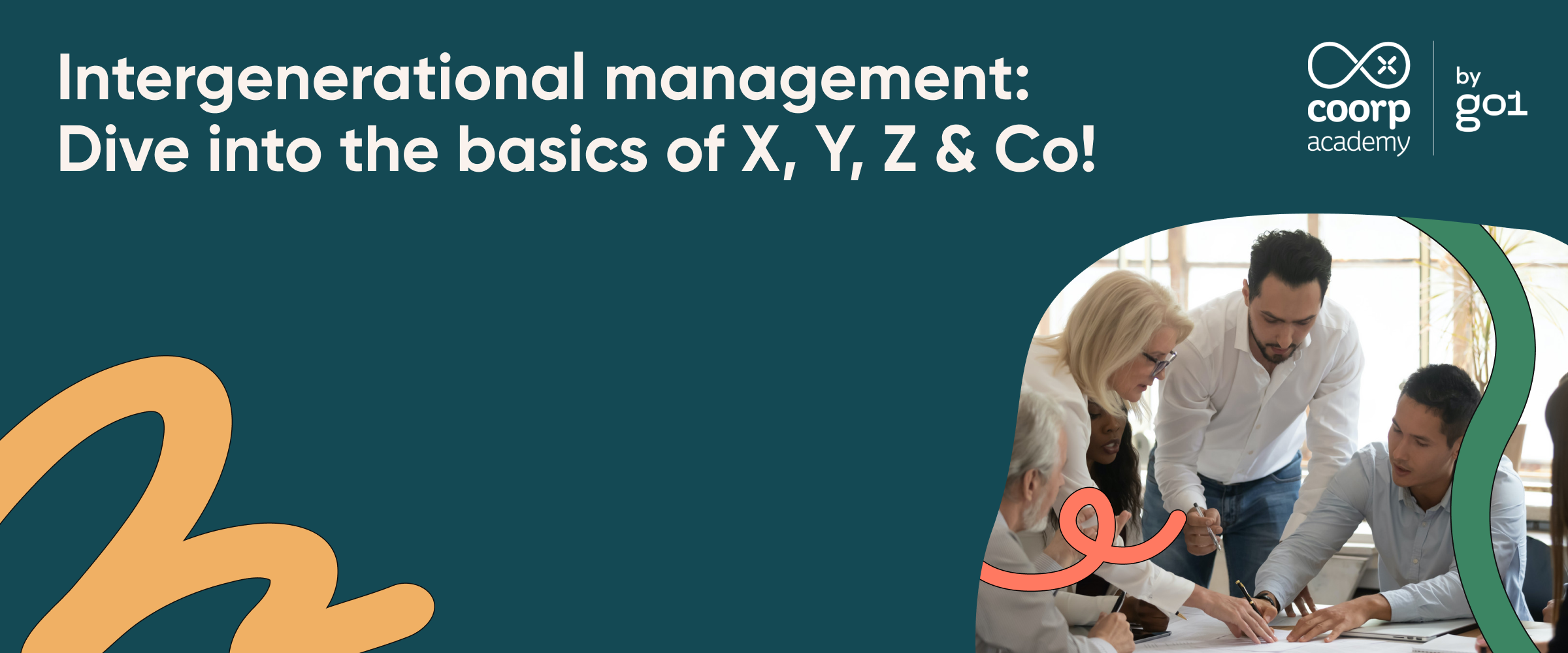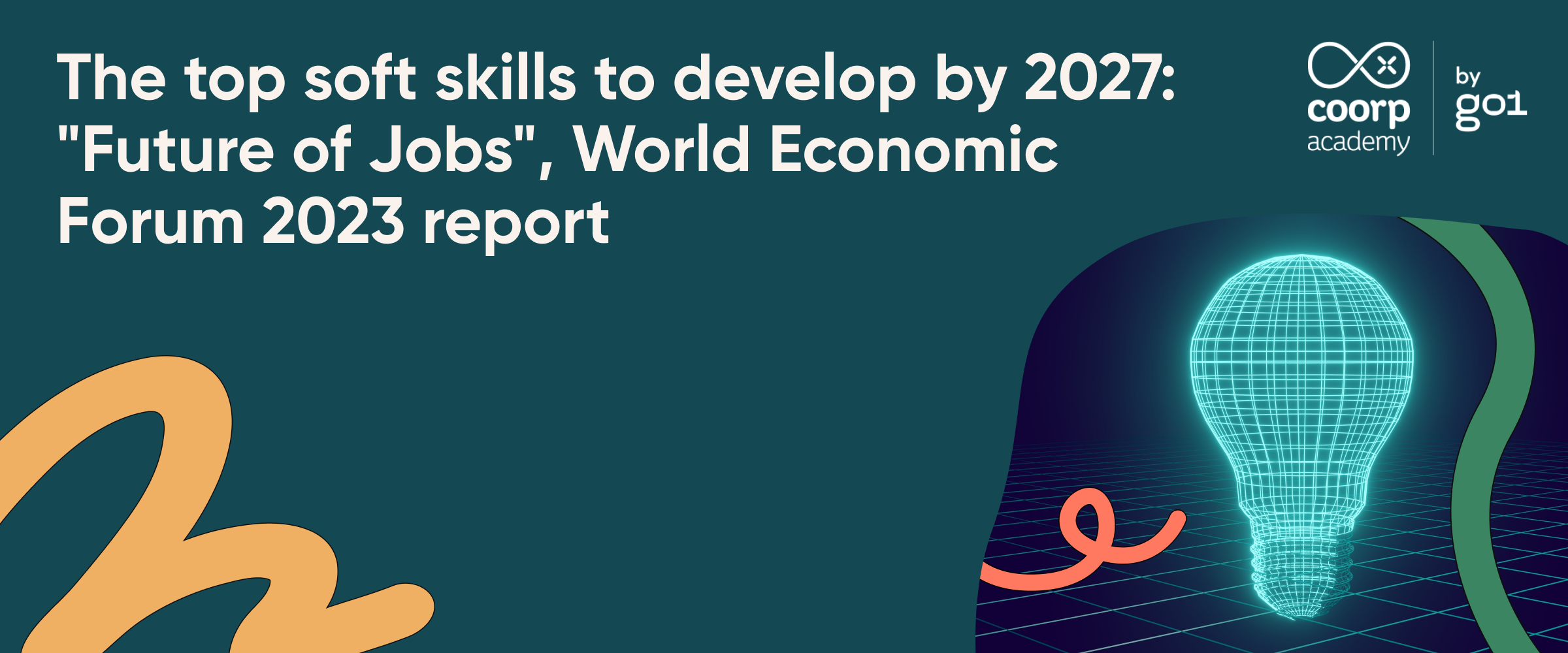Learn and work at the same time or when training is just a click away
Learning Innovation

If like 91% of French and European HR managers, you consider skills development to be a strategic lever for the company, then this article should interest you. This figure is one of the four basic trends identified in the CEGOS 2020 European barometer “Transformation, skills and learning“, which questioned 1783 employees and 254 Human Resources Directors or Managers / Training Directors or Managers (HRD/HRM/HRM) all working in private sector companies with 50 employees or more.
Businesses are facing new challenges, transformations of all kinds, tensions, uncertain futures, and to face this evolving context, the competencies’ development is a key subject that allows the growth of organizational and individual resilience within the company. In the same study, 88% of the companies surveyed adapted their training offer during the health crisis, and 75% of the levers activated by HRDs to face the impact of digital transformations were based on skills development.
To foster skills development, we need to focus on learning, which in turn relies on training that must be continuous, accessible, and above all, integrated with the applications and tools already existing in the organization. This is the new paradigm that is shaking up training and the HR function: Learning in the flow of work.
Training integrated into employees’ work life
In his article “A New Paradigm For Corporate Training: Learning In The Flow of Work“, Josh Bersin describes this model for Deloitte. Companies are implementing solutions to support continuous learning, but the entry point to training is quick and easy access to the learning tool. As J. Bersin points out in his report for Deloitte, an employee will spend only 1% of a working day learning new skills. By integrating a training solution directly into the work tools, employees will be able to devote more time to their learning and thus develop their skills much more effectively.
With a short format, personalized content, and a learner-centric learning experience, training is transformed. Learning in the flow of work allows you to learn whenever you need to, at any time of the day. It is when faced with a difficulty, being able to train in a few minutes to overcome this obstacle. You’ve probably already found yourself not knowing something, looking for the answer to a question you’re asking yourself, right? Your first reflex is to “Google” your question? This is already a first step towards Learning in the flow of work as you learn at the very moment you need it.
With learning in the flow of work, you are only one click away from accessing training content, most often in the form of microlearning (course formats reduced to a few minutes). For example, on the Coorpacademy platform, our 5-minute learnings allow you to understand a subject very quickly and without interrupting your work. If you need to understand the stakes of 5G, what is SCRUM, or develop your agility in a few minutes, to meet an immediate need, learning in the flow of work is an adequate answer. Directly integrated into your organization’s productivity spaces, you can, in record time, immerse yourself in a subject that may have seemed complex at first. Learning while working also means better retention of information, because not only do we really need it when we learn it, but we also put into action what we have learned, in a short period. By making these tools available to employees, the company creates an agile culture and develops reflexes, so that training is a real tool for change.
What revolutionizes learning in the flow of work is temporality. While traditional training requires the mobilization of a specific time, even when it is done remotely, this new paradigm revolutionizes our learning time by integrating it into our professional life. It all lies in its name: it is integrated into our workflow and becomes an integral part of the daily life of the employee, the learner, the individual in general, as they progress in their daily tasks. Training time adapts to the learner and not the other way around, the content comes directly to them, i.e. at work.
Learning in the flow of work also means promoting agility, an essential skill to develop in a constantly changing world. Better adapted to the challenges of tomorrow, but also employees’ needs, this model improves employee’s experience, who no longer perceives training as an imposed time, but rather as their initiative to nourish their curiosity and to upskill. By integrating training into employees’ workflows, we also make the learner an actor of their learning path. With more involved, engaged, and interested learners, the impact of training increases and influences employee satisfaction, and ultimately the overall productivity of the organization.
In short, learning in the flow of work means integrating digital learning content and an engaging learning experience directly into the employee’s work environment. In other words, it means integrating the functionalities of a training platform into professional software, accessible to employees at any time. For training to become natural, access to online training must be simplified, allowing an increase in usage. Without interrupting the work in progress, learning in the workflow is a revolution that not only trains employees in the essential skills of tomorrow but also provides them with the skills they need for today.
But then, how do you integrate learning into the employee’s work environment? Learning in the flow of work requires the integration of tools within human resources management information systems (HRIS) and software that accompany and manage the learning paths of employees, the LMS (Learning Management System). To find out more, don’t miss our next articles on how to make training just a click away.


